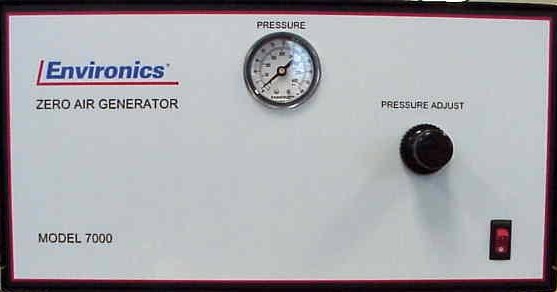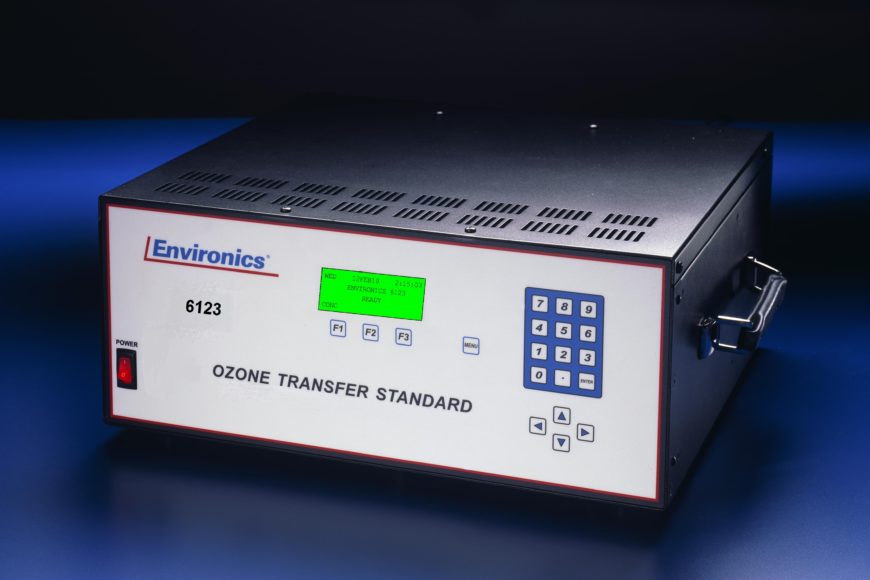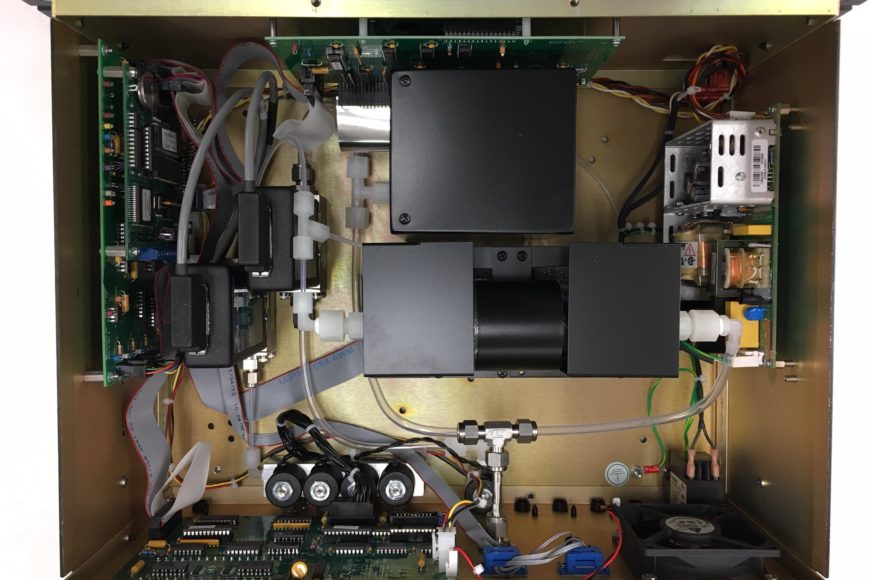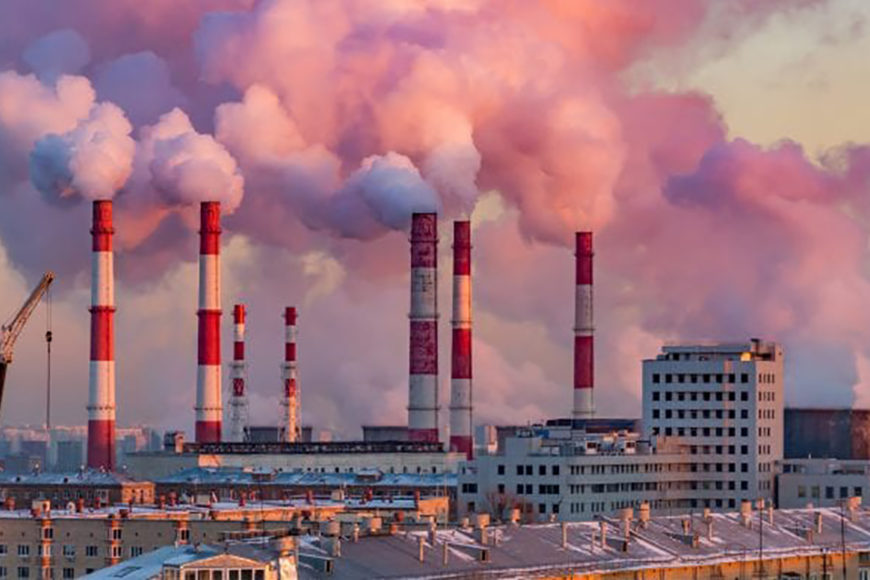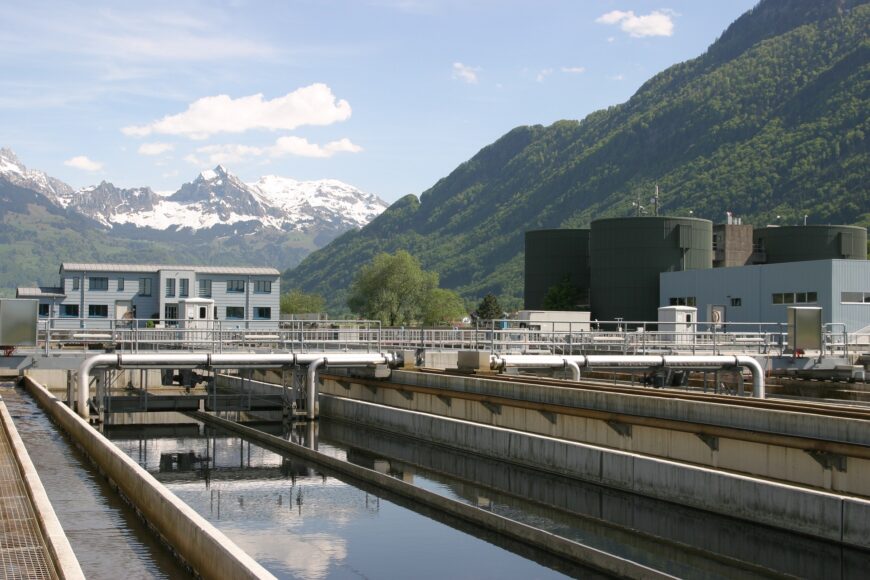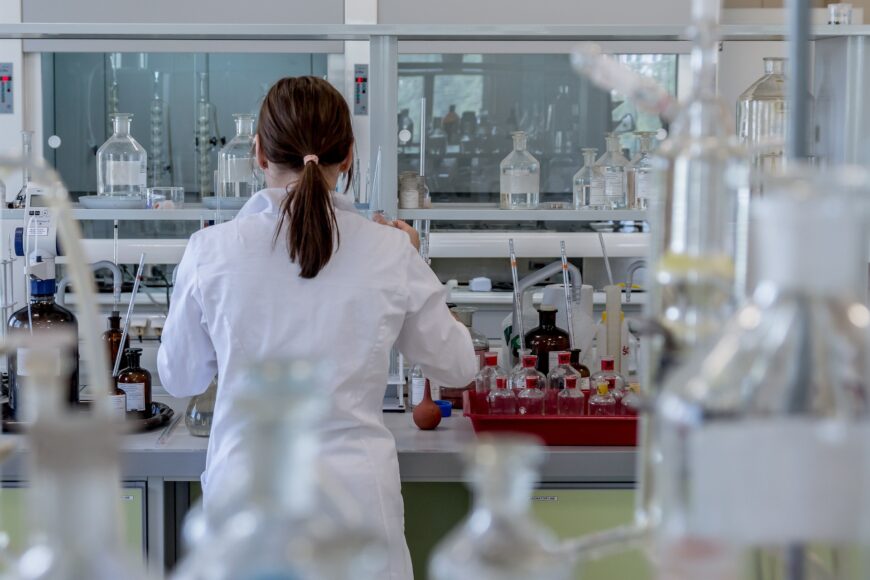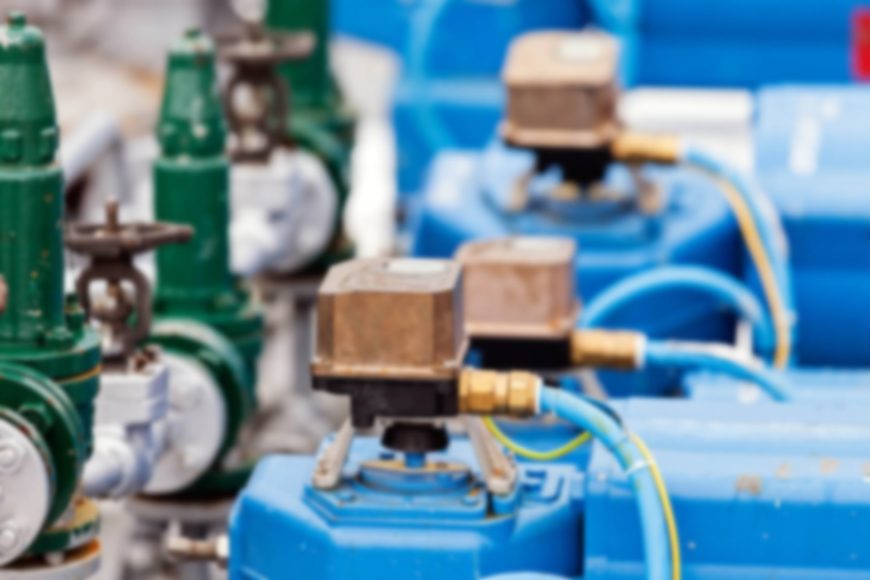For anyone deeply involved in gas chromatography (GC), understanding the quality, consistency, and safety of the oxidant gas source is as crucial as grasping the
Read MoreGas blenders are essential for delivering precise and consistent gas mixtures in various applications. They have predominantly been used to produce pre-mixed gas blends for
Read MoreOzone (O3) is a highly reactive form of oxygen that consists of three oxygen atoms, enabling it to break down contaminants and pollutants effectively. It’s
Read MoreAmbient air monitoring is an increasingly critical initiative in an array of application areas. It helps environmental agencies to determine the concentration of pollutants in
Read MoreGas mixing deals with fine margins. Slight inaccuracies may render a blend unfit for purpose. This is prevalent in calibration mixtures where concentrations must be
Read MoreContinuous emissions monitoring is a critical practice required by environmental regulations in the United States and many other countries. Industrial site owners must implement and
Read MoreVolatile Organic Compounds (VOCs) are a group of organic chemicals that exhibit a high vapor pressure at room temperature, meaning they can quickly evaporate into
Read MoreWelding is a common fabrication process in which two or more pieces of metal or thermoplastics are joined together using high heat. It is vital
Read MoreAnalytical chemistry is a complex discipline that focuses on extracting information about the composition and structure of samples using advanced techniques. Generally speaking, these samples
Read MoreOzone (O3) is a slightly blue or colorless gas made of three atoms and is found predominantly in the Earth’s atmosphere. At ground level, high
Read More
